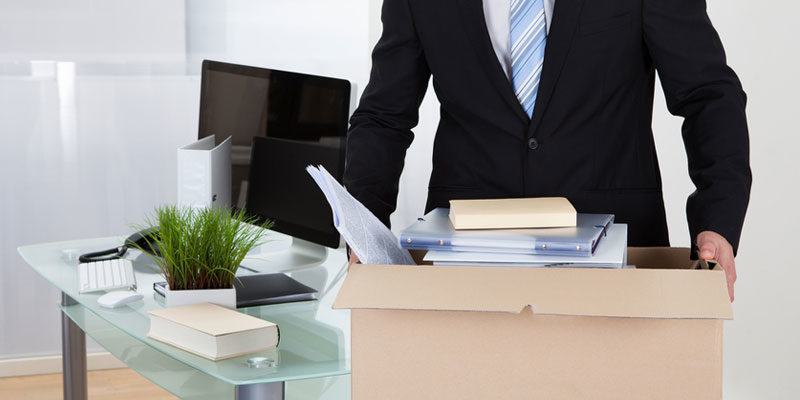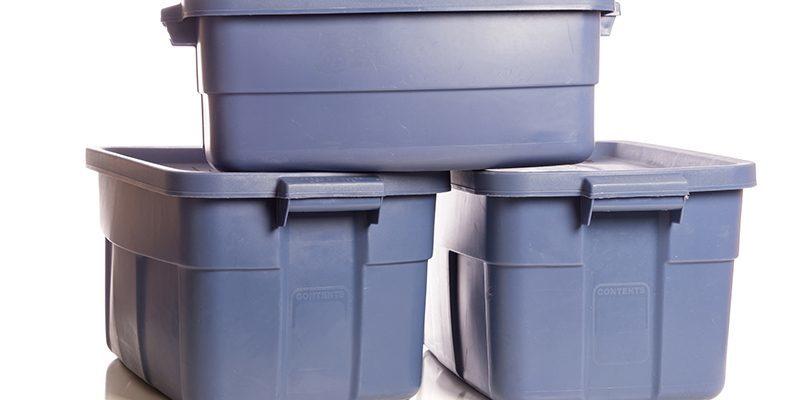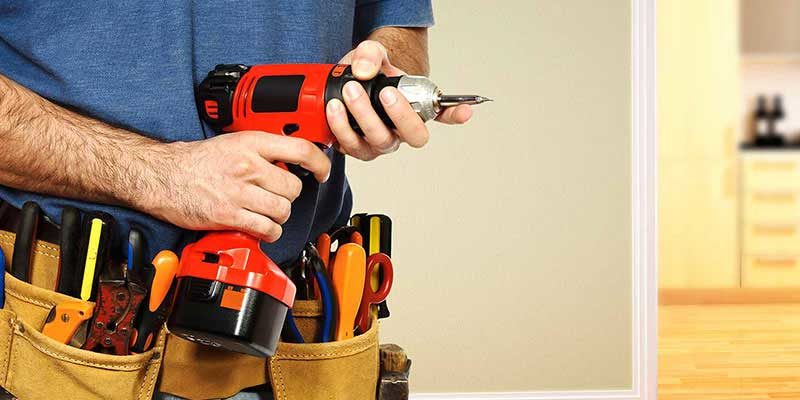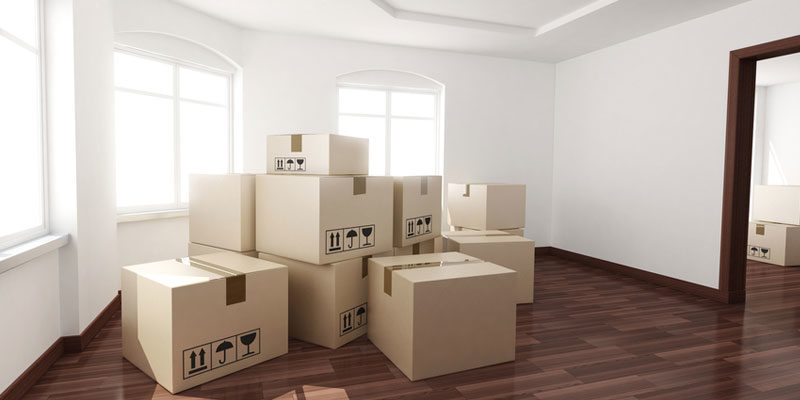When moving office, it’s almost impossible to keep track of every little thing that might surface. But you can make the move as seamless as possible if you budget everything right. Here are a few pointers to follow:
- Create/download a template
It’s very easy to budget everything well when you use an online template. That will help you keep all your expense in one place, where they can be easily accessed as you would need to consult it often in the days leading up to the move.
- Be realistic about the removals cost
Some things you should do include:
- It’s important to conduct a certain amount of research on different removal companies in your area and get quotes from multiple providers. While it may seem like adding the lowest amount to your budget is the best thing to do, you should add in the highest one so you have some buffer in case there are changes and you need some additional packing material or need to add some more items for removal etc.
- Factor in extra services such as hiring the removalists for packing and unpacking, disconnecting and connecting PCs etc.
- Include extra charges such as special transport arrangements (such as temperature-controlled trucks for transporting sensitive materials), on-site custom crating for expensive equipment, accommodating tight schedules, expediting the move or moving over a holiday.
- Include packing materials cost
Most removal companies will provide quotes with and without packing materials (as per your requirement) and many providers also include a certain amount of packaging in the quote as part of their standard services. If you plan to complete the entire packing project by yourself, the cost of all the required packing materials isn’t something you can ignore.
An office move involves a variety of packing materials such as bubble wrap, small/medium/large boxes, packing paper, furniture blankets, packing tape and stretch tape etc. All these supplies will cost a significant amount of money; but you might be able to get a very good deal and have them included in the quote and overall packing cost.
- Disconnecting and reconnecting your utilities
Aside from this, you need to ensure that all office repairs and cleaning is completed at the older premises. Check Simplymaid prices for more info. Include the expense of disconnecting utilities at the existing office and reconnecting them at the new location.
All of these expenses can amount to a lot; the one way to reduce your stress is to examine your budget beforehand and allocate a little more than the estimated costs. In addition, look for a removal company that gives you packaging materials at a discounted rate. While some unexpected problems may arise, if you focus on budgeting for the move well, you will find that you have enough left over for contingencies and will be able to manage the move well.
If you want to know more about packing and moving or need to book a service, don’t hesitate to contact us at Next Level Removals or all 1300 005 400.











